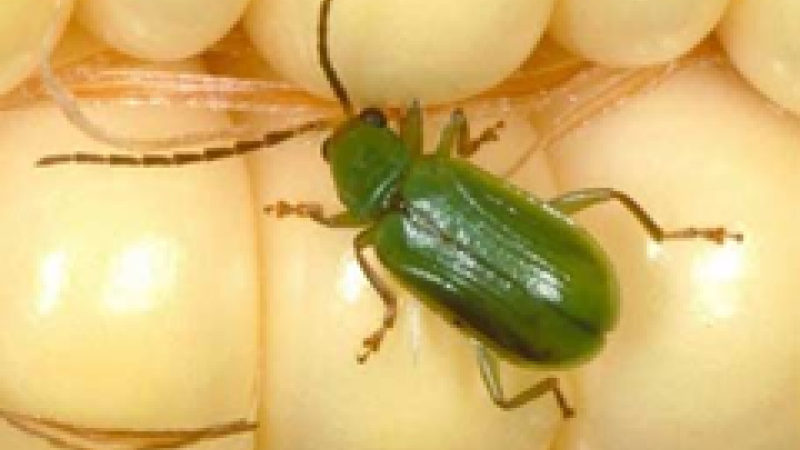Plant for Success: Pre-Season Checklist
At the beginning of every growing season, we have hopes and goals in maximizing our yields. We spend countless hours conducting soil tests, working on fertilizer application maps, talking to our seed dealers to place “THE RIGHT SEED” on the correct field and creating Variable Rate Seeding maps. Even though all these things are very important, we still seem to forget about the most important piece of equipment we have in the shed; the planter. In many instances, we only have one chance of planting a field correctly and if we don’t have the planter in tip-top condition we will miss out on achieving our goal.
There are many other things that we need to consider in achieving our yield goals.
- Proper fertility will support that plant all year long.
- Planting timing is essential for proper emergence. You want your corn plants to all emerge within 24-48 hours of each other to achieve a consistent ear size throughout the field.
- You need to have a good seedbed to create a favorable zone for the seed to flourish. A good seed environment will also help create a root zone conducive to good development, giving the roots the ability to take up nutrients.
All these field conditions work together in achieving that yield goal, but it’s important to inspect your planters prior to pulling them in the field, as well as when you are in the field.
You want to give your seed the best start, so we’ve created a handy checklist to guide you while the planting is still in the shed AND when it gets to the field.
Pre-Season Planter Checklist: In the Shed
- Seed Transmission
- Bearings
- Chains, sprockets and idlers
- Clutches
- Electric/Hydraulic motors
- Seed Meters
- Calibrate
- Air lines
- Seals
- Brushes
- Wheels and Tires
- Tire pressure
- Drive Wheel centered
- Fertilizer
- Prefer if not ran off of seed drives
- Hoses
- Pumps
- Calibrate
- Down Pressure
- Broke springs
- Ware points
- Air bags/Hydraulic lines
- Parallel Arms
- Make sure they are square
- Bushings
- Shape of the hole
- Row Unit Drives
- Make sure it matches up with meter drives
- Drive Chains
- Replace annually
- Sprockets and Idlers
- Drive cables
- Row Cleaners
- Bearings
- No-Till Coulters
- Cutting Edge
- ¼” higher than the disk openers
- Gauge Wheels
- Gauge wheel arms
- Rubber tire in good condition and touching disk opener
- Disc Openers
- Disc diameter 14.5”, except Case IH 13.5”
- Scrapers
- Contact point 2-2.25”, except for Kinze 3000 1-1.25” and Case IH just making contact
- Seed Tube
- Worn edges
- Seed Firmers
- Tension
- Closing Wheel
- Centered
- Staggered wheel setup
- Worn points
Pre-Season Planter Checklist: In the Field
- Planter Levelness
- Toolbar is level when in the ground
- Parallel linkage
- Dig a cross section
- Not with the row
- Check micro environment
- Uniform waterfront
- Planting depth
- 2-2.25”
- Check in EVERY field
- Misplaced Seeds
- Meter release
- Seed tube delivery
- Row unit bounce
- Physical seed movement
- Down Pressure
- Footprint must be present
- Give it the finger test
- Cross section
- No seam
- No air pockets
- Sidewall condition
- Row Cleaners
- Set to remove residue, clods and rocks
- Closing Wheels
- Close the trench
- Firm around the seed
- Drag chain
- Planting Speed
- 4.5-5.0 mph
- NOT 10 mph
Get that proper seed placement and spacing by doing a little work while the planter is still in the shed. Use this checklist as a guideline to help prepare your planter. Consult your planter manual or dealer for exact tolerances of your equipment.

